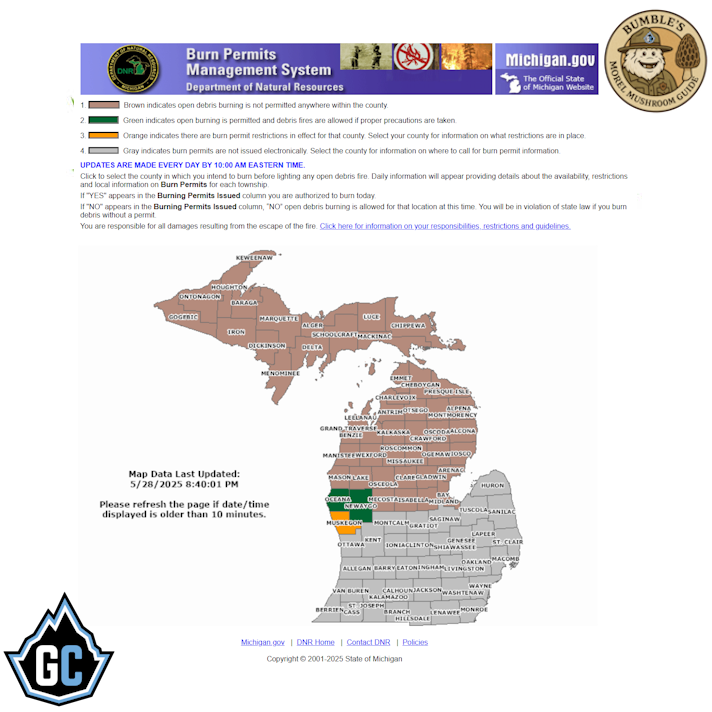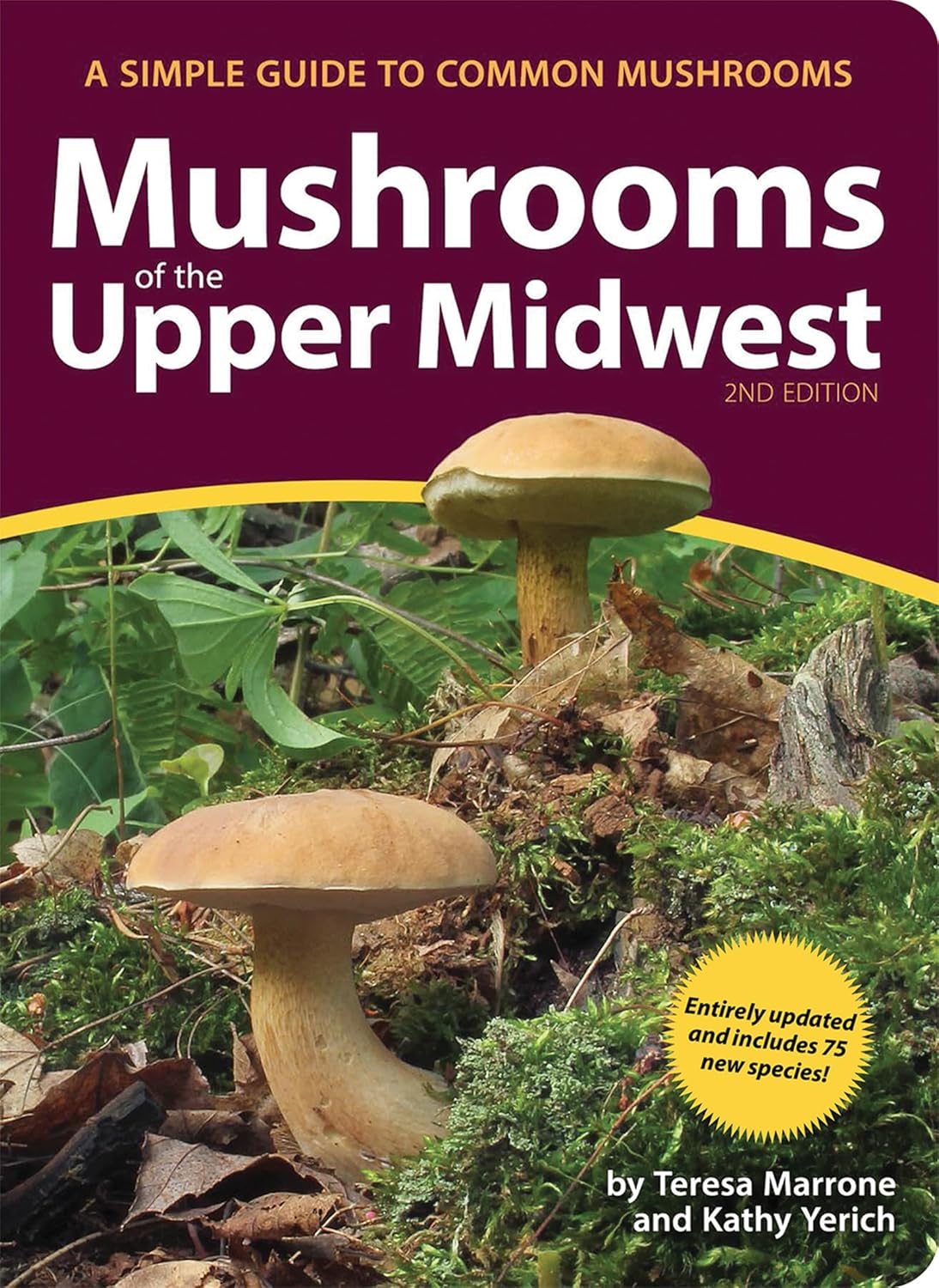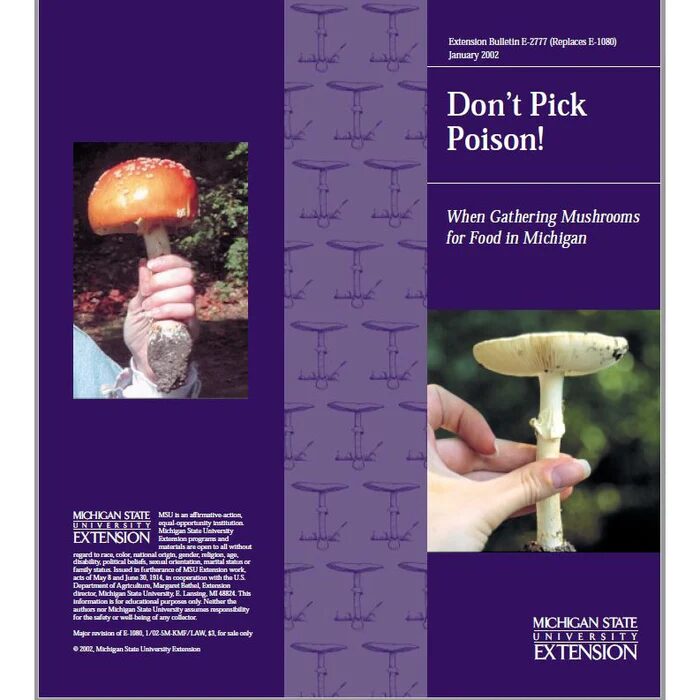Glacier Morel Mushroom Guide for Michigan 2025
- Magic Plants
- May 28, 2025
- No Comments
Guide to Michigan Morels 2025
Presented by Glacier’s Bumble the Yeti

Welcome, Michigan! Let’s join Glacier’s Yeti “Bumble” as our friendly Michigan forest ranger!
Sponsored Content
As we read, he will guide us through the amazing world of morel, aka morchella, mushroom hunting!
Whether you’re a curious first-timer or a seasoned forager, Bumble’s Morel Mushroom Guide 2025 is packed with everything you need to explore the woods with confidence and care.
Listen Up, Michigan Mushroom Hunters!
Shroom fans! 
“Morel hunting is nature’s treasure hunt. Respect the woods, keep your eyes sharp, leave no trace and the forest will reward you!” — Bumble

When and Where to Find Morels in Michigan
Best Time of Year: Late April to early June is prime time.
Morels love warm days and cool nights, especially after a good rain when soil temperatures consistently hit 50–60°F.
Top Habitats:
- Elm Trees: Recently dead or dying American elm trees are classic spots.
- Ash Trees: Areas hit by the emerald ash borer often see abundant morels.
- Old Apple Orchards: Especially orchards that haven’t been chemically treated recently.
- Deciduous-Conifer Edges: Where fallen hardwood trees mingle near rows of pines or spruce trees.
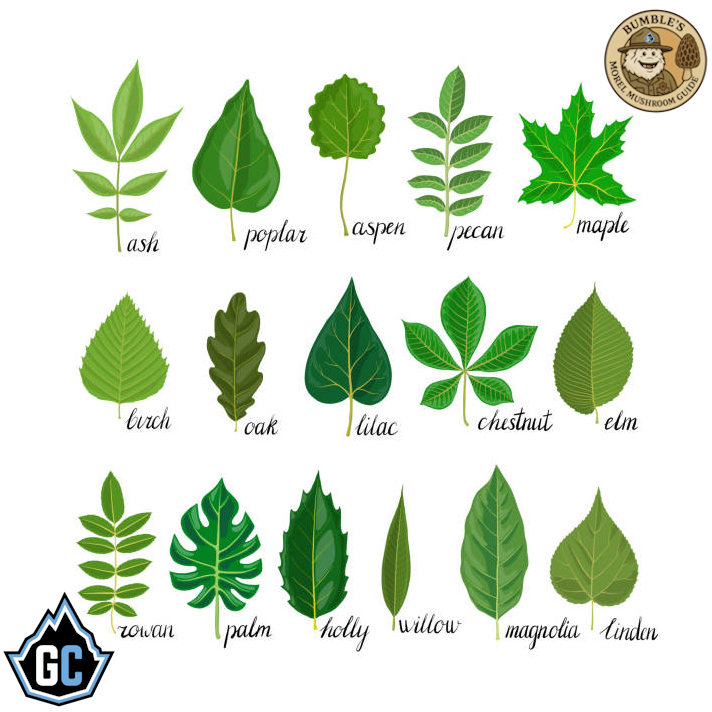
Ideal Combinations to Look For:
- South-facing slopes with elm or ash trees, especially after warm rains.
- Riverbanks lined with old apple orchards or elms providing rich, moist soil.
- Edges where recently fallen hardwood trees border conifer forests.
- Recently burned ash-rich soils combined with the presence of nearby elm or ash trees.
“My secret spot? Anywhere Mother Nature has shaken things up—like old logging trails or burn areas!” — Bumble
Pro Tip: Burn Sites!
Secret Strategy: Morels absolutely love areas that have recently experienced fires.
Recent burn sites, whether from wildfires or controlled burns, can become morel goldmines. The nutrient-rich ash combined with cleared vegetation creates perfect conditions for rapid morel growth. Check Michigan’s interactive DNR burn permit map regularly to pinpoint exactly where recent fires have occurred.
 Michigan DNR Burn Permits
Michigan DNR Burn Permits  Click Here!
Click Here!
This is your ultimate treasure map for uncovering new & abundant morel sites!
Recent Hotspots (2025 Season):
- Oceana County: Townships like Benona and Clay Banks currently have burn permits issued for all-day burning, making them promising for morels.
- Manistee County: Recent burn activity has been reported in Arcadia Township (April 4th), creating ideal conditions for mushroom hunting.
“If you see recent burns on the map, grab your gear! You might just hit the morel jackpot.” — Bumble

Finding Hidden Gems—Advanced Morel Tips
- Follow the Slope: Early in the season, start on sunny south-facing slopes. As the season progresses, north-facing slopes and shaded areas will become productive.
- Look Near Water: Riverbanks, creek bottoms, and floodplains (but avoid standing water areas).
- Disturbed Soil: Logging trails, old roads, and recent disturbances can often sprout surprise patches of morels.
- Use Permeable Containers: Carry your mushrooms in mesh or onion bags to allow spores to disperse naturally while you forage, helping morels return next year.
Safety First! Identifying True Morels and Dangerous Mimics
Get a proper mushroom field guide!
I can recommend “A Simple Guide to Common Mushrooms — Mushrooms of the Upper Midwest 2nd Edition“ by Teresa Marrone and Kathy Yerich for the Michigan area.
DISCLAIMER: DANGER! RISK OF DEATH! Be safe! Never gamble with wild shrooms. Never take chances or assume “it will probably be fine” because even experts have lost their lives over mistaken species, so just imagine how dangerous it is for a novice. Also, as much as this guide is here to help, DO NOT rely on the example images here for field identifying and make sure you have a proper field guide and guide book.
Remember: Experienced mycologists have perished because how of similar they can look. Like Bumble says, “When it doubt, throw it out!”
“Morels can fruit from sclerotia—underground survival structures—and can even lie dormant for over 10 years until the right conditions trigger a bloom.” — Bumble
Additional Resources
Don’t Pick Poison! 2015 — MSU Available via the webshop at Michigan State University — Cost: $5 Click here PDF Version — Cost: $0 (Free) Click Here | Various Mushroom Toxins |
 True Morels (Morchella):
True Morels (Morchella):
- Hollow stem and cap.
- Honeycomb-like pits on the cap, connected directly to the stem.

 Dangerous Mimics to Watch Out For:
Dangerous Mimics to Watch Out For:
There are MANY mushrooms that can hurt you but these species actually resemble a Morel in some way or another.

- Irregular, brain-like folds.
- Solid or cottony-fiber-filled stems.
- Highly toxic if consumed—can cause severe illness, liver damage, or death.

- Cap partially attached to the stem, not fully connected.
- Edible but easily confused with more dangerous varieties; novice hunters should avoid.

- Cap hangs freely, skirt-like over the stem, attached only at the top.
- Can cause gastrointestinal distress in some individuals.
Please refer to a legit mushroom guide to compare notes. Do not trust Google search alone. Using silver to destroy the toxin is a myth.
 Important Safety Notes:
Important Safety Notes:
- Never eat wild mushrooms unless you’re absolutely certain they are safe.
- Always consult local experts or mushroom clubs for proper identification.
- Thoroughly cook all wild mushrooms; raw morels can cause illness.
- When trying a mushroom variety for the first time, eat only a small portion and wait 24 hours to monitor for adverse reactions.
“When in doubt, toss it out! Your safety is always the tastiest ingredient.” — Bumble

Proper Harvest Technique
Protect the precious underground network of mycelium by gently twisting or carefully cutting mushrooms at the base without disturbing the soil beneath. Use a sharp, sterile knife and cut as close to the ground as you can.
Avoid pulling or digging into the ground as it damages the mycelium, reducing future harvests.
Clean your specimen of dirt and debris, then collect them in a porous bag like an onion bag or potato bag or cheesecloth so that the falling spores will fall on the ground as you walk around looking for more! This will make more patches appear next year, each and every time you do this. Spread those spores!
Cultivation Challenges and Value
Morels are notoriously difficult to cultivate commercially due to their very specific environmental requirements and symbiotic relationships with trees. This makes wild morels especially valuable—often fetching premium prices at markets and gourmet restaurants.
Bumble’s Top 3 Michigan Morel Recipes
- Morels with Venison and Garlic Butter: Sauté sliced morels with fresh garlic and Michigan venison strips in butter until golden brown. Season simply with salt, pepper, and fresh parsley.
- Creamy Morel and Venison Pasta: Pan-sear venison cubes with sliced morels, garlic, and onions. Add heavy cream, parmesan cheese, and toss with fettuccine pasta.
- Vegetarian Option—Stuffed Morels: Fill large morels with a mixture of cream cheese, garlic, breadcrumbs, and fresh herbs, then roast until golden.
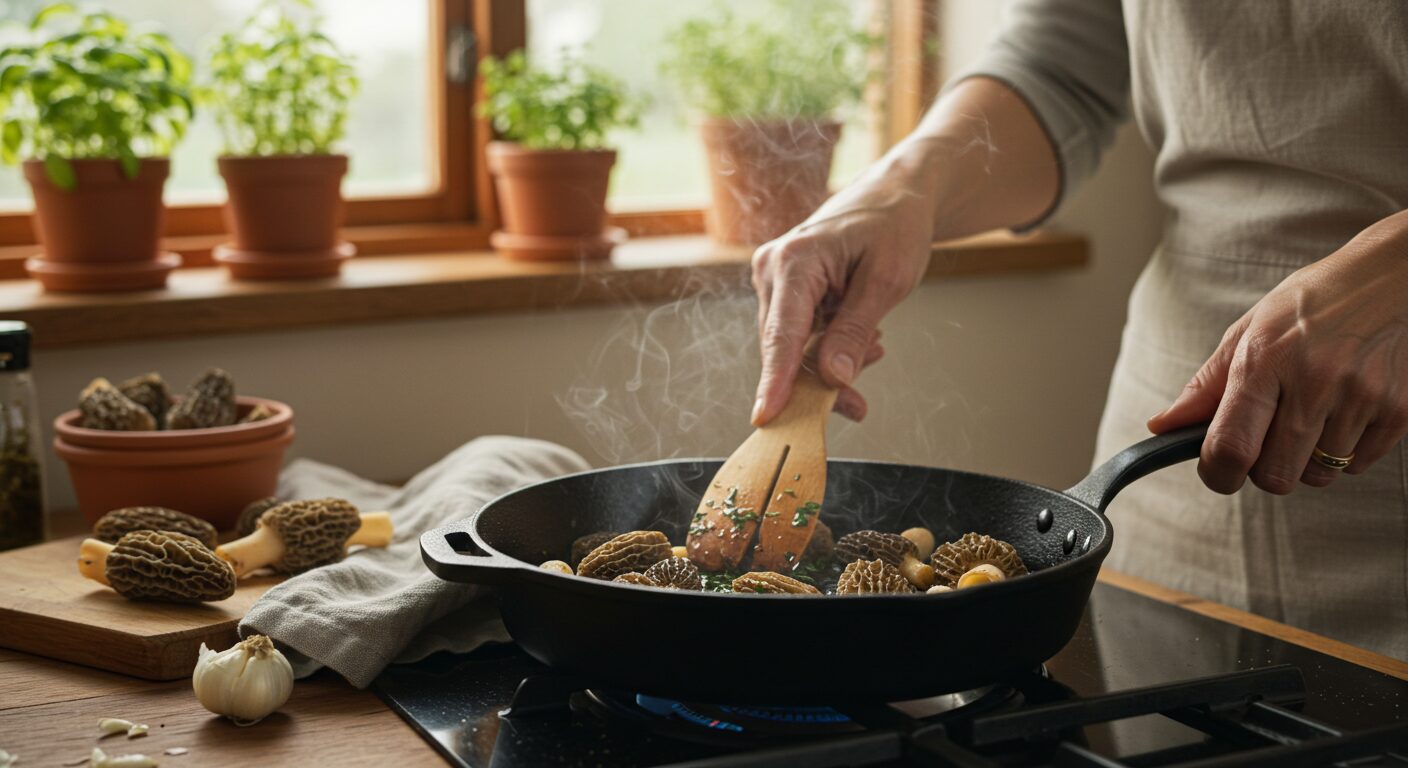
Hidden Tricks of the Trade
- Early mornings after rainy nights often yield the best finds.
- Spot one morel? Slow down! They often grow in groups.
- Be patient and persistent; areas that produce one year may produce again in future seasons.
- Keep track of your productive spots with a GPS or notes—return annually for consistent harvests.
“Morels are known to fruit prolifically after forest fires — especially in the first spring following a burn. This phenomenon is called fire fruiting” — Bumble
Share Your Adventure!
Found a morel haul of your own? Went out out a shroom finding adventure with friends? Capture your discoveries and tag @Glacier.MI online to join in the community!
Let’s spread the joy and share knowledge, building an incredible group of responsible mushroom hunters.
Safe & Happy Hunting, Michigan!
— Bumble the Yeti (Glacier Cannabis)
 NOTE: Any questions? Comments? You found the biggest morel EVER!? We would love to see!
NOTE: Any questions? Comments? You found the biggest morel EVER!? We would love to see!
Stop by our Contact Page and let your voice be heard. Tap in with Glacier via Instagram, Facebook, YouTube, or our website as well.
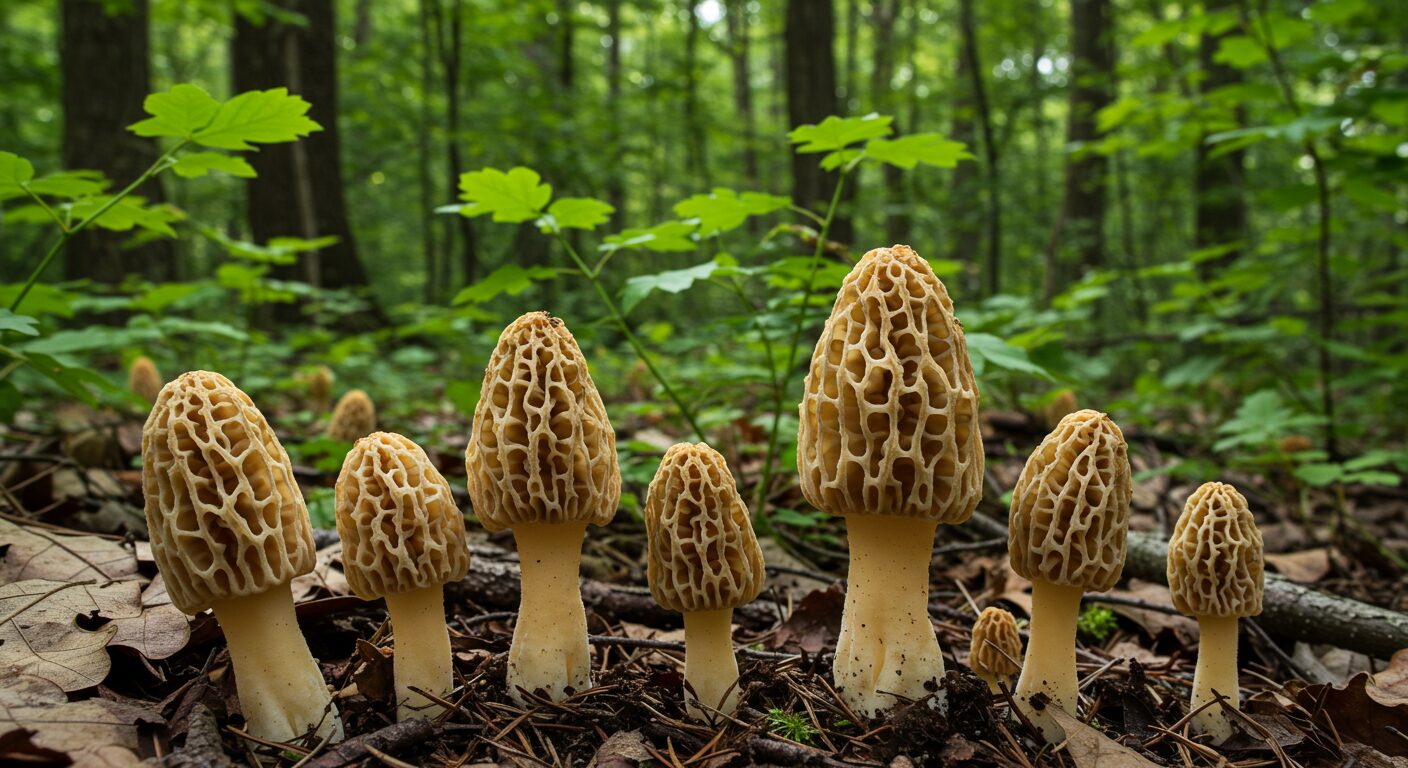
Disclaimer: Wild mushrooms can be extremely dangerous if misidentified. Consumption of incorrectly identified mushrooms can lead to serious illness, irreversible organ damage, or death. This guide provides general tips but is not a substitute for professional advice. Always consult a trusted expert or local mushroom identification resource before consuming any wild mushrooms. Glacier Cannabis, Bumble, and affiliated parties accept no responsibility for any injuries, illnesses, or damages resulting from foraging or consumption decisions.
Post Tags :
- beginner morel guide
- clean and cook morels
- find morels
- foraging for beginners
- foraging safety
- how to find morel mushrooms
- identify morels
- Michigan morel map
- morel festival 2025
- morel guidebook
- morel habitat
- morel hunting equipment
- morel hunting gear
- morel hunting guide
- morel hunting Michigan
- morel hunting season
- morel hunting tips
- morel locations
- morel look-alikes
- morel map
- morel mushroom identification
- morel recipes
- morel safety tips
- morel season 2025
- morel season Michigan
- morels near me
- picking morels tips
- spring foraging
- true vs false morels
- when to pick morels



